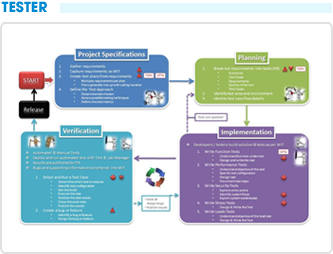024 38560777
Data structure (Cấu trúc dữ liệu)
Trong khoa học máy tính, cấu trúc dữ liệu là một cách lưu dữ liệu trong máy tính sao cho nó có thể được sử dụng một cách hiệu quả.
Trong thiết kế nhiều loại chương trình, việc chọn cấu trúc dữ liệu là vấn đề quan trọng. Kinh nghiệm trong việc xây dựng các hệ thóng lớn cho thấy khó khăn của việc triển khai chương trình, chất lượng và hiệu năng của kết quả cuối cùng phụ thuộc rất nhiều.
Mỗi loại cấu trúc dữ liệu phù hợp với một vài loại ứng dụng khác nhau, một số cấu trúc dữ liệu dành cho những công việc đặc biệt. Ví dụ, các B-tree đặc biệt phù hợp trong việc thiết kế cơ sở dữ liệu.vào việc chọn cấu trúc dữ liệu tốt nhất. Sau khi cấu trúc dữ liệu được chọn, người ta thường dễ nhận thấy thuật toán cần sử dụng. Đôi khi trình tự công việc diễn ra theo thứ tự ngược lại: cấu trúc dữ liệu được chọn do những bài toán quan trọng nhất định có thuật toán chạy tốt nhất với một số cấu trúc dữ liệu cụ thể. Trong cả hai trường hợp, việc lựa chọn cấu trúc dữ liệu là rất quan trọng.
By English
In computer science, a data structure is a particular way of storing and organizing data in a computer so that it can be used efficiently.
Different kinds of data structures are suited to different kinds of applications, and some are highly specialized to specific tasks. For example, B-trees are particularly well-suited for implementation of databases, while compiler implementations usually use hash tables to look up identifiers.
Data structures provide a means to manage large amounts of data efficiently, such as large databases and internet indexing services. Usually, efficient data structures are a key to designing efficient algorithms. Some formal design methods and programming languages emphasize data structures, rather than algorithms, as the key organizing factor in software design. Storing and retrieving can be carried out on data stored in both main memory and in secondary memory.
Like Doanh nhân số







































